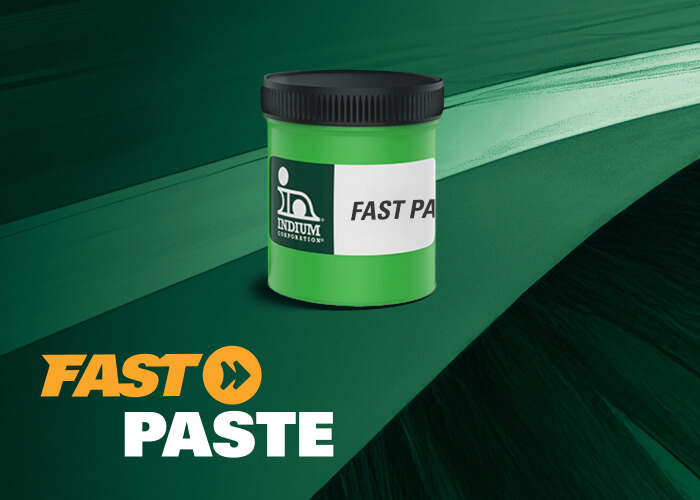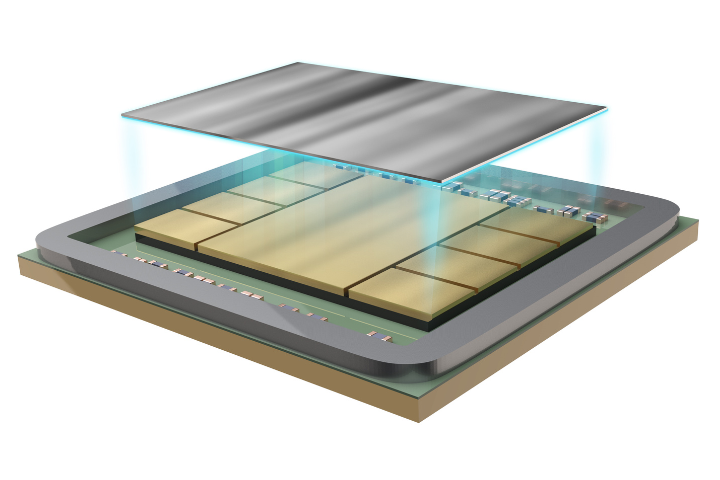Whenever two materials with different coefficient of thermal expansion values are bonded together, they will expand and contract as the temperature changes.
Assuming these two materials are bonded rigidly, there are two things that can happen as the temperature changes: 1) the bond will break apart or 2) the assembly will bend to accommodate the stresses. Either of these outcomes can be disastrous for a sputtering target. The important thing to realize is that this is a function of temperature change. Limit the temperature change and you will reduce the effects of CTE (Coefficient of Thermal Expansion) mismatch.
The answer to this is found in the conclusion of Eliminating Bond Stresses of Sputtering Targets at Operating Temperatures:
“Reactive multilayer foils can be used to form a low stress bond at room temperatures. This is especially important for sputtering target assembly. The same bonding process can also be performed at elevated temperatures for a zero stress point at or near operational temperatures. With a firmly bonded bi-metallic assembly, curvature over a large temperature range cannot be ignored, but the effects of this can be mitigated through selectively setting a zero stress point at a strategic temperature.”



